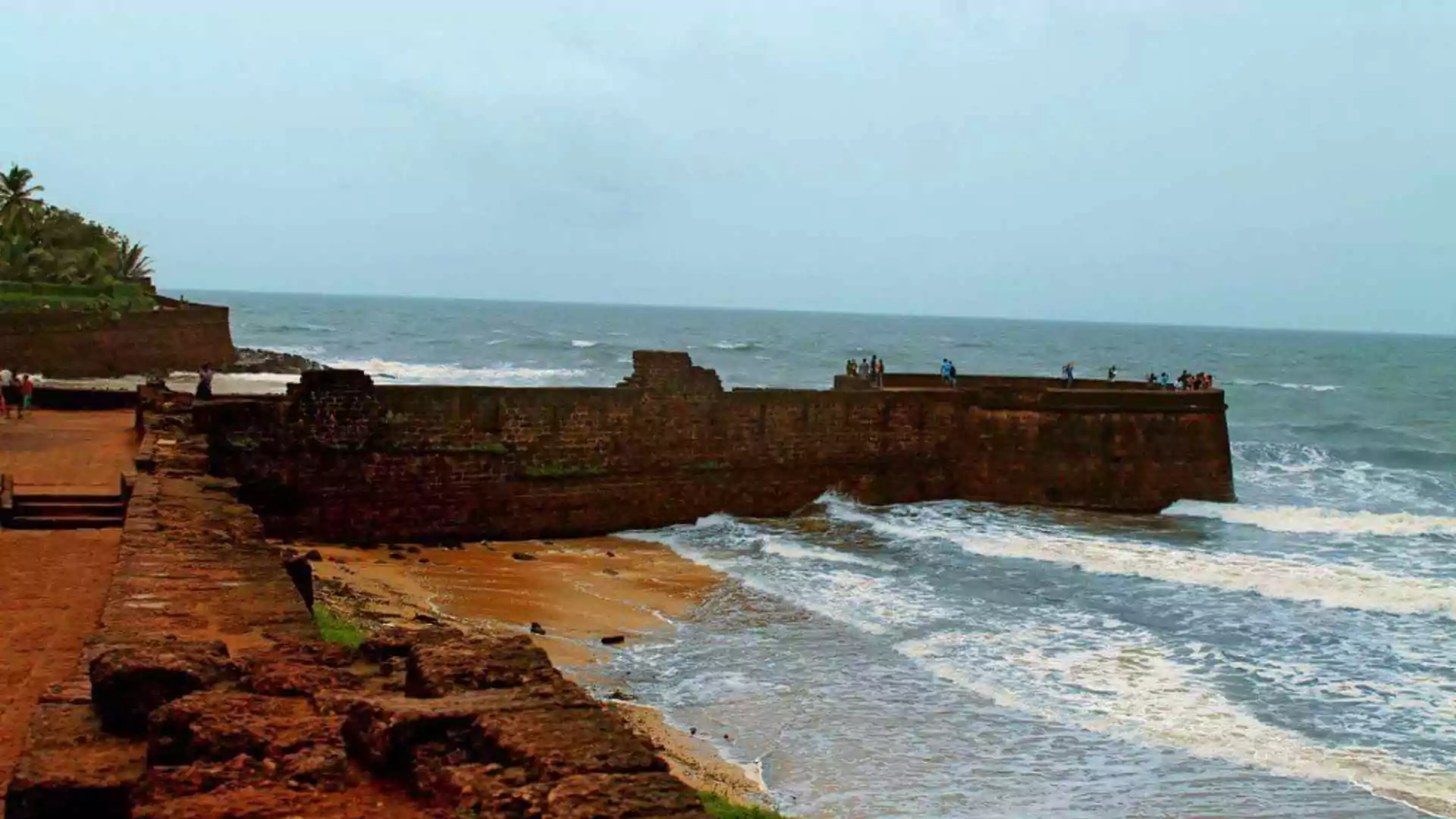The Rock Fort in Tiruchirappalli, commonly known as Trichy, stands as a monumental icon of the city, representing both its rich historical past and deep spiritual heritage. This towering structure, rising 275 feet above the surrounding landscape, is home to the revered Ucchi Pillaiyar Temple, along with the Tayumanavar Swamy Temple dedicated to Lord Shiva. It serves as a beacon for pilgrims and tourists alike, who visit the fort not only for its religious significance but also for its historical and archaeological importance.
A Spiritual Journey to Ucchi Pillaiyar and Tayumanavar Swamy Temples
The Ucchi Pillaiyar Temple, perched at the summit of the hill, is a major pilgrimage destination for devotees who come from across the country to seek blessings. The temple complex is a reflection of the city’s religious fervor, offering a serene atmosphere for those who come to pray. However, the spiritual journey begins at the base of the hill and involves a steep climb to the top, a challenge embraced by worshippers of all ages.
The Tayumanavar Swamy Temple, located halfway up the hill, is dedicated to Lord Shiva and holds immense spiritual significance. Devotees who make the climb pause here to offer prayers and marvel at the temple’s intricate architecture, which embodies centuries of craftsmanship. The act of climbing the hill is seen by many as a symbolic spiritual journey, where physical exertion mirrors the soul’s ascent toward divine enlightenment.
Architectural Grandeur and Historical Significance
The Rock Fort’s architecture is a testament to its timeless beauty and historical importance. The Ucchi Pillaiyar Temple features striking elements, including a towering vimana (temple tower) and a majestic 100-pillared hall, adding to the grandeur of the site. Perhaps most fascinating are the ancient inscriptions found within the temple complex, some dating back to the 3rd century. These carvings provide a glimpse into the rich history and deep-rooted devotion that have surrounded this sacred hill for millennia.
Beyond its religious and architectural grandeur, the Rock Fort holds a unique place in India’s archaeological history. It is believed that the hill on which the temple stands is older than even the mighty Himalayas, adding a layer of geological wonder to the fort’s significance. Within the temple complex lies a cave temple, attributed to Pallava king Mahendravarman I, which showcases intricate carvings and sculptures from the Pallava dynasty, reflecting the artistic brilliance of that period.
However, due to the site’s immense historical value, certain areas, including the cave temple, have been restricted for archaeological research and preservation.
A Challenging Yet Rewarding Pilgrimage
The journey to the Ucchi Pillaiyar Temple and Tayumanavar Swamy Temple is not just a physical feat but a deeply spiritual experience. Visitors to the Rock Fort make the climb without hesitation, driven by their devotion to the deities and their faith in the blessings they seek. The route splits into two paths—one leading to the Tayumanavar Swamy Temple midway up the hill, and the other continuing to the Ucchi Pillaiyar Temple at the summit.
The Tayumanavar Swamy Temple, located midway, is a visual and spiritual delight. The temple’s structure, nestled in the middle of the hill, amazes all who visit. As devotees ascend, the first shrine they encounter is dedicated to the Goddess, followed by the main shrine of Lord Tayumanavar. The temple’s intricate design and serene atmosphere offer visitors a moment of peace and reflection before they continue their climb to the summit.
At the top of the hill stands the Ucchi Pillaiyar Temple, a small yet significant shrine dedicated to Lord Ganesha. From this vantage point, devotees are rewarded with a breathtaking view of the city of Trichy and the surrounding landscapes, which stretch out as far as the eye can see. The physical challenge of the climb is seen by many as an act of devotion, one that brings them closer to the divine presence of Ucchi Pillaiyar.
The Pallava Legacy and Geological Wonder
The Rock Fort’s significance is not only spiritual but also deeply historical. The hill itself, with its ancient rock formations, is considered to be one of the oldest geological structures in India, predating even the Himalayas. The Pallava king Mahendravarman I, known for his patronage of art and architecture, left his mark on the fort with the creation of the cave temple within the complex. The intricate sculptures and carvings inside the cave temple reflect the artistic richness of the Pallava period, showcasing the dynasty’s contribution to India’s architectural heritage.
The Rock Fort remains an enduring symbol of the confluence of history, spirituality, and art. Its blend of religious significance and archaeological importance continues to draw visitors from across the globe.
MUST READ: Best Locations To See The Northern Lights























